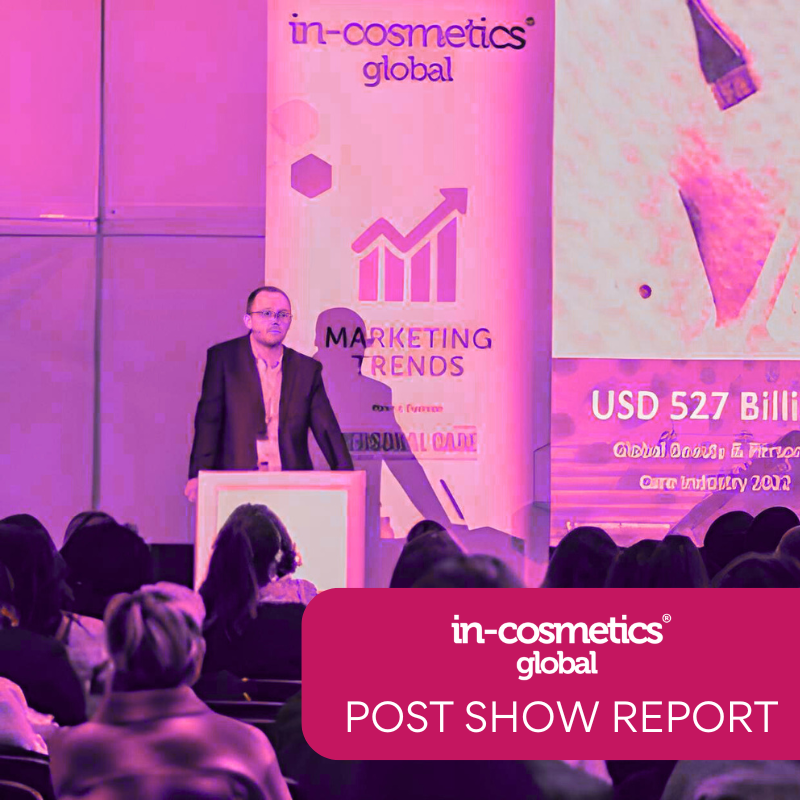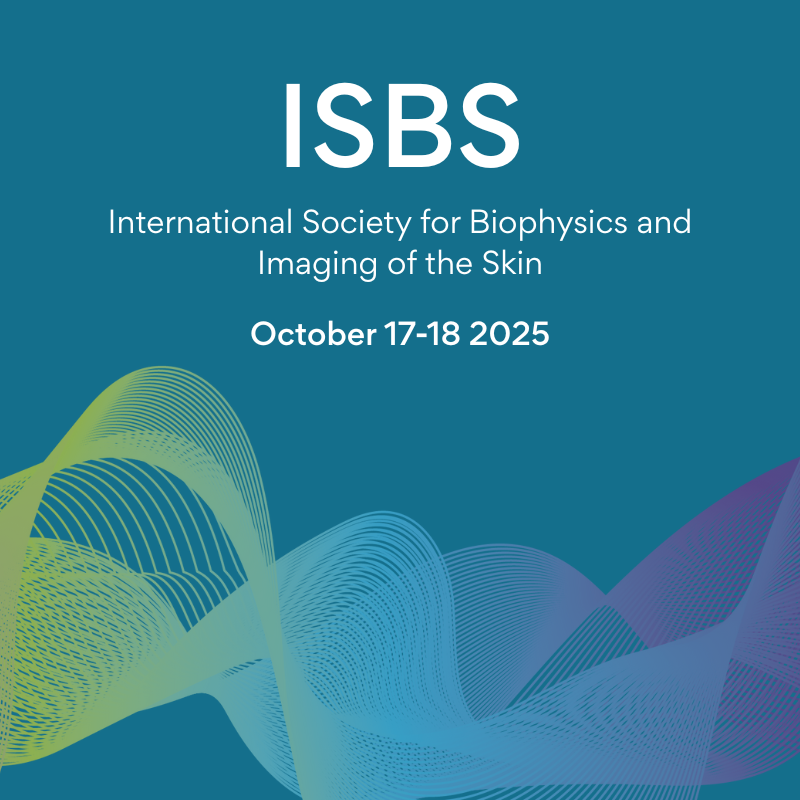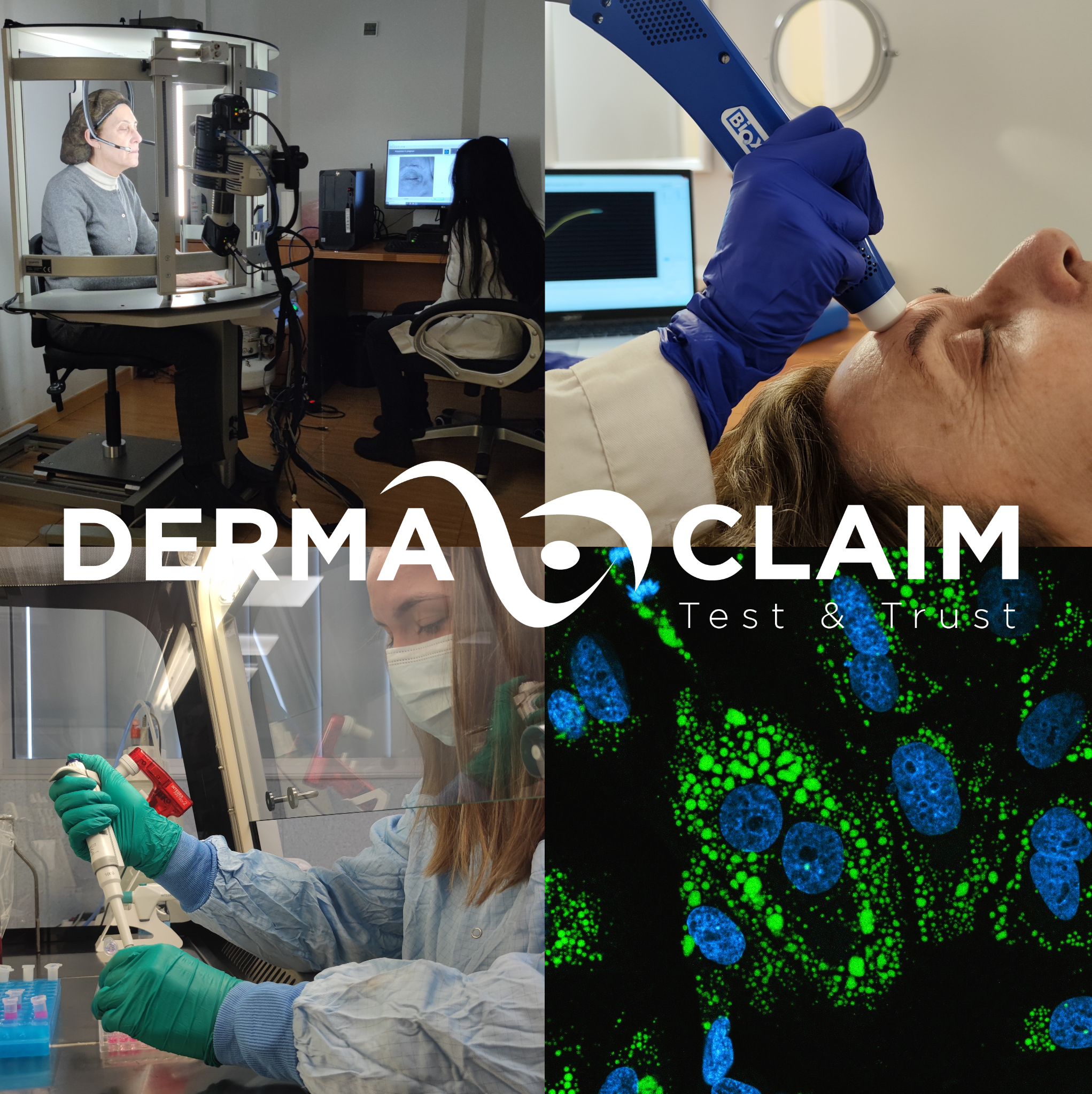Bernhard Fink, Ph.D., Biosocial Science Information, Biedermannsdorf, Austria
Rainer Voegeli, Rotraut Schoop, Ph.D., and Remo Campiche, Ph.D. DSM Nutritional Products, Kaiseraugst, Switzerland
Todd K. Shackelford, Ph.D. Oakland University, Rochester, USA
The human face communicates visual information that affects social perception and decisions. Evolutionary scientists suggest humans evolved preferences for certain features and view them as attractive because historically, those features were displayed by healthy individuals. In this view, the interest in and sensitivity to physical appearance reflects adaptations that motivated successful ancestral mate selection.
An interest in beauty is not limited to modern Western culture but has been found in most societies. Studies have reported common attractiveness standards across ethnic groups and historical periods, suggesting that the constituents of beauty are neither arbitrary nor culture-bound. Some social and cultural scientists have challenged this view, proposing variable attractiveness standards across populations are acquired by social learning. However, the consensus in judgments of facial attractiveness is consistent with biologically based standards of beauty.
Moreover, a preference for certain facial characteristics has been documented in infants and societies with little exposure to Western media, suggesting that attractiveness perception of these features transcends age and media influence. This does not preclude individual differences in attractiveness perception, depending on ecological conditions and population-specific morphology as well as proximate factors, e.g., hormonal influences and experience.





